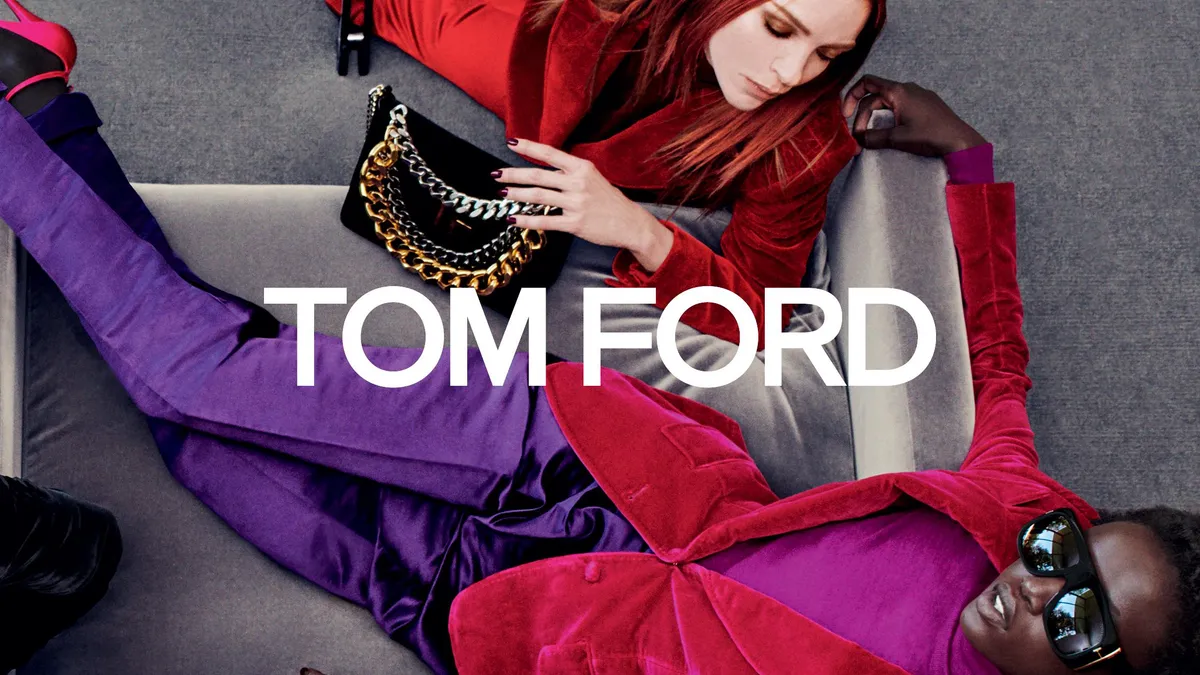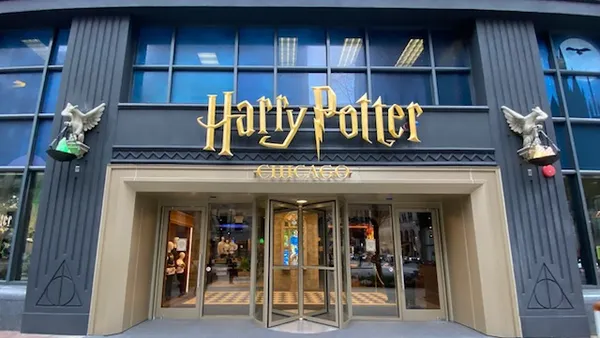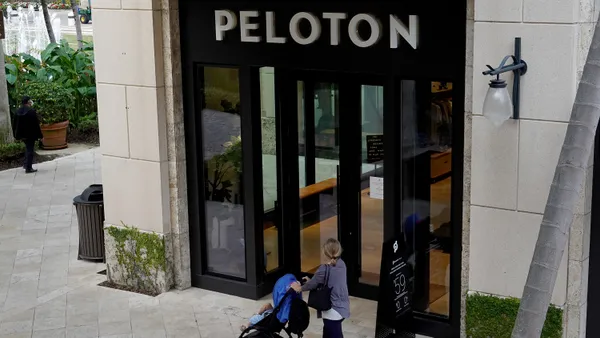Dive Brief:
-
Estee Lauder has a deal to acquire Tom Ford for $2.8 billion. The company will pay $2.3 billion, plus eyewear company Marcolin, which licenses the Tom Ford brand, will pay $250 million at closing. Founder-CEO Tom Ford will stay on as “creative visionary” through the end of 2023.
-
Estee Lauder expects to fund the transaction through a combination of cash, debt and $300 million in deferred payments that will be due beginning in July 2025, according to a company press release.
-
The deal expands Tom Ford’s existing partnership with Ermenegildo Zegna, including a long-term license for all men’s and women’s fashion, accessories and underwear. Zegna will acquire the Tom Ford business operations necessary to meet its obligations.
Dive Insight:
Estee Lauder has edged out luxury conglomerate Kering, which was reportedly also vying for Tom Ford, whose founder spent time at its Gucci label before going it alone. Ford himself in a statement called Estee Lauder “the ideal home” for his eponymous brand, and said he was pleased that the longstanding relationships with Ermenegildo Zegna and Marcolin have been preserved.
“I could not be happier with this acquisition,” he said.
He is leaving before long, though that may not matter much, according to Wells Fargo analysts led by Chris Carey.
“We note that Jo Malone and Bobbi Brown are no longer associated with their brands as they are owned by [Estee Lauder], which has not appeared to be a detriment,” Carey said in emailed comments.
The deal is complex, with, as Credit Suisse analyst Michael Binetti put it, “lots of moving parts” and an apparel business that is “far from [Estee Lauder’s] core.”
“[Estee Lauder] may have to operate the subscale apparel/footwear business (potentially at a loss) as it contributes to the halo of the brand that drives demand for the Beauty & Eyewear segments,” Binetti said in a research note just ahead of the official announcement, based in part on recent meetings with Estee Lauder CEO Fabrizio Freda.
This was a defensive move, because if another company had taken over the fashion brand, Estee Lauder could have lost the revenue it already gets from it, according to Wells Fargo.
“Big picture: [the] negative implications of [Estee Lauder] losing its Tom Ford beauty license were big,” Carey said, adding that the hit to earnings from the merger and acquisition costs will be small, and “somewhat irrelevant” given the upside. “This looks sensible.”
With Tom Ford Beauty the main target of the acquisition, fragrance is in focus, according to Credit Suisse.
“[T]he company highlighted the prestige fragrance category as among [its] biggest growth opportunities today,” Binetti said, noting that prestige fragrances like Jo Malone, Le Labo and Tom Ford drive 60% of the category’s profits, and that Estee Lauder last year unloaded lower-end fragrances from Michael Kors and Tommy Hilfiger.
The company anticipates selling more fragrance to younger consumers globally, as those shoppers in the U.S. and Europe acquire five to seven scents, compared to just one or two in the previous generation. Plus just 20% of consumers in Asia use fragrance now, according to the Credit Suisse report.
Estee Lauder already licensed the Tom Ford brand, and taking full control is at the heart of its strategy, Binetti noted. That will enable the company to invest some $40 million to $75 million back into the brand to support long-term growth without undermining profits, he said.
The company will no longer have to pay royalties for Tom Ford Beauty, plus it will garner royalties for eyewear and fashion, according to Wells Fargo analysts, who estimate that the net benefit could top $150 million or so, though “details are uncertain.”















